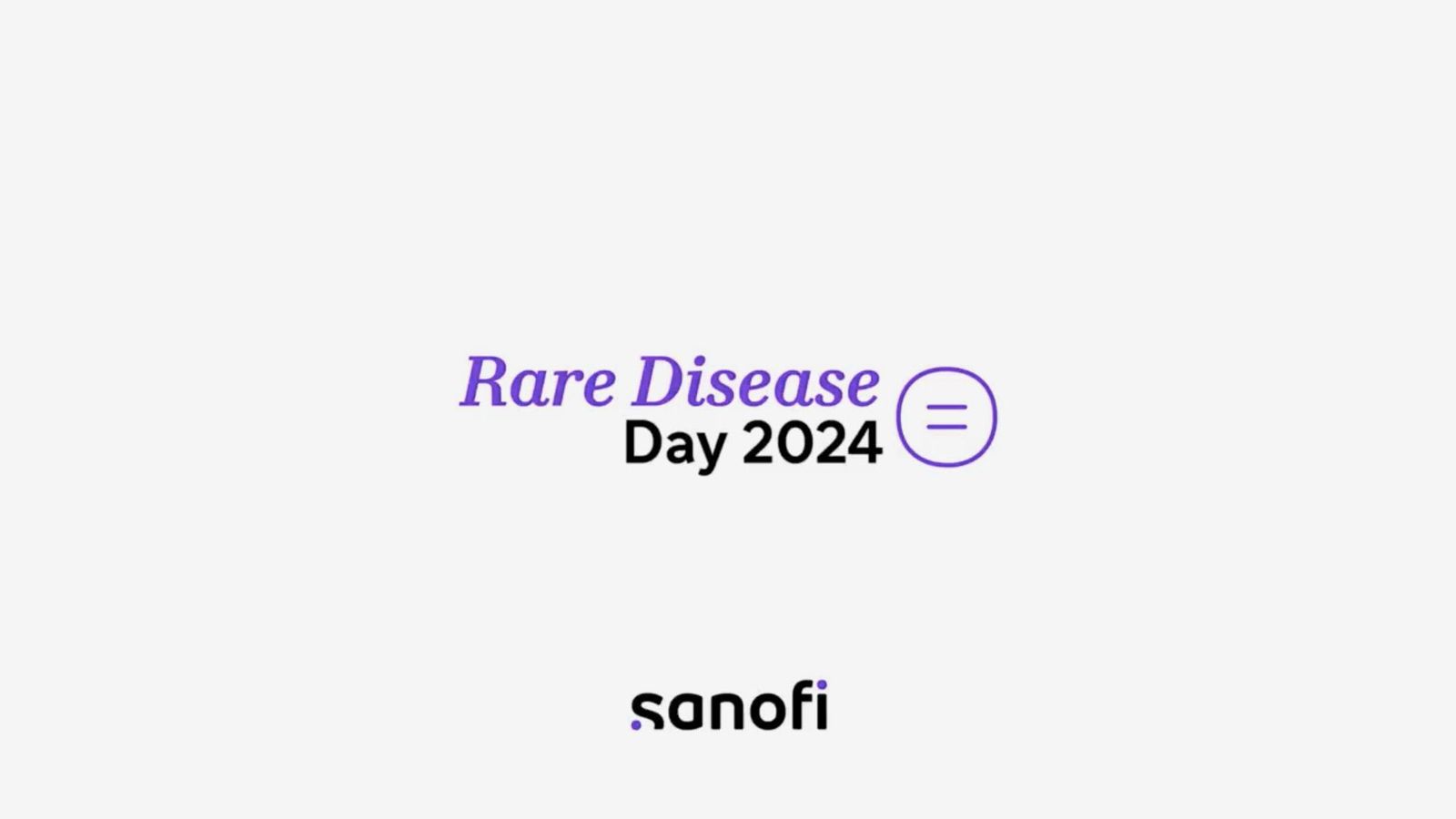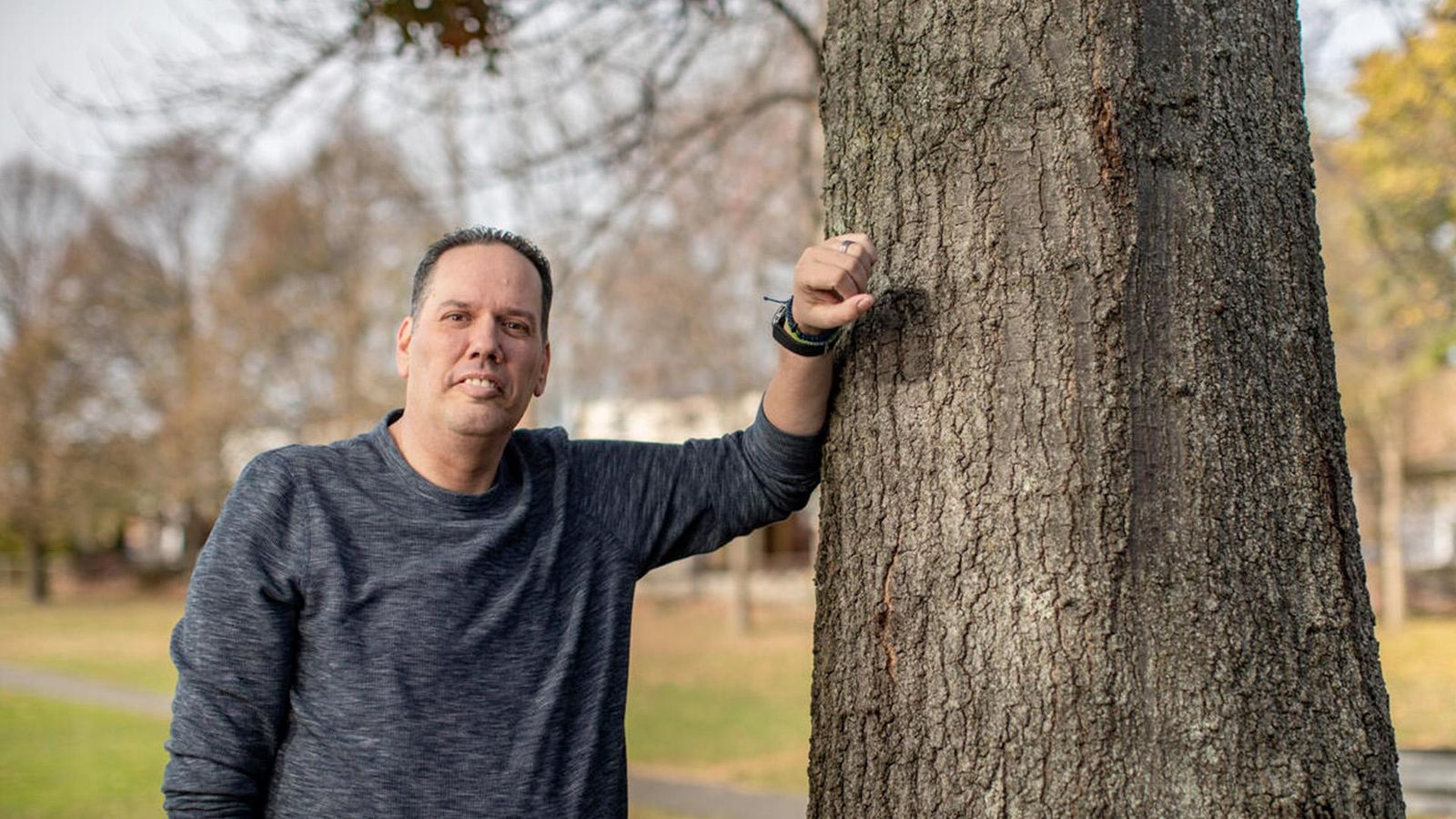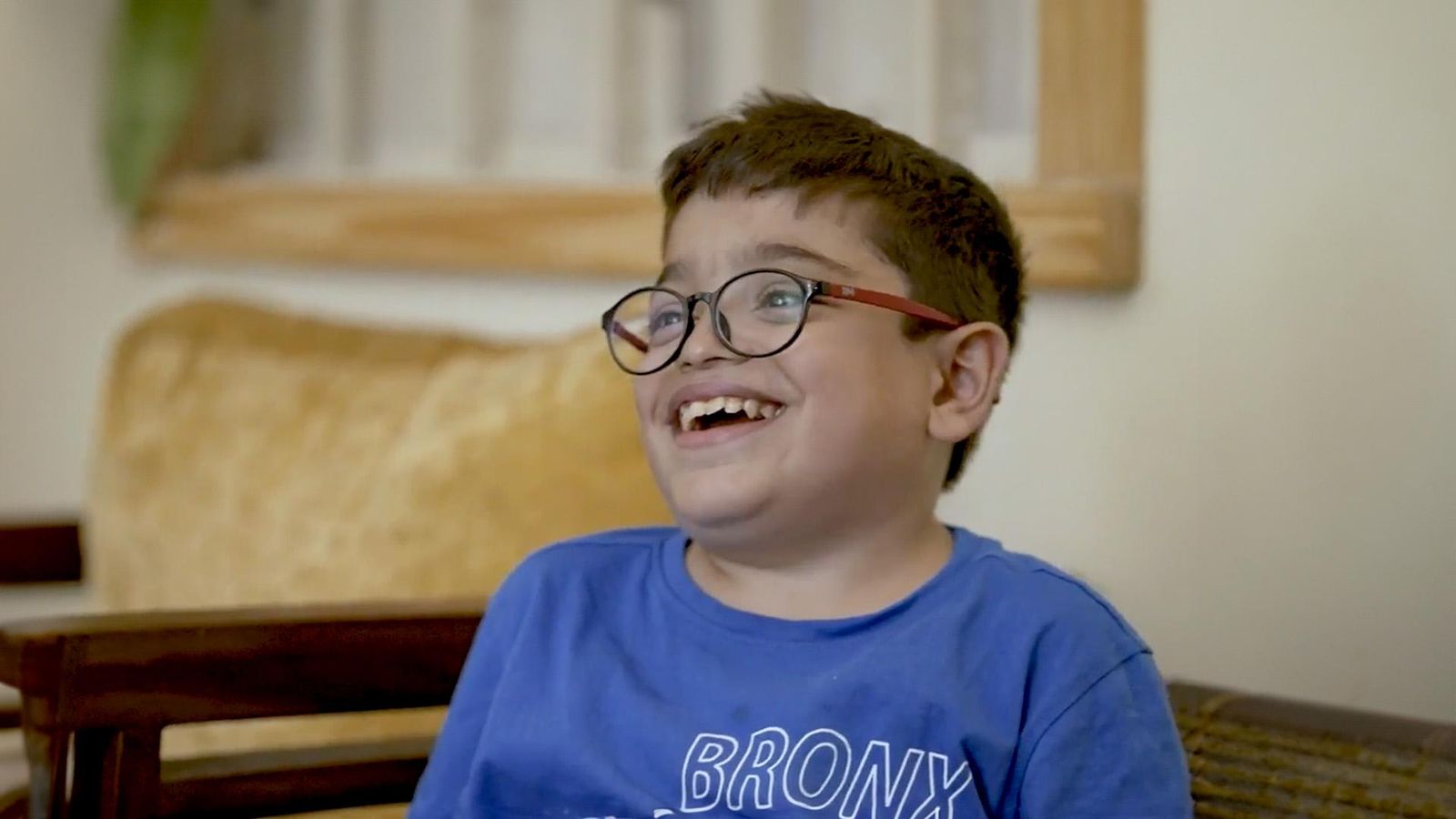Rare Disease Day 2024: Equity in Action

In honor of Rare Disease Day, it is more important than ever that we continue to pursue equitable diagnosis, innovation, support, and access for individuals living with rare conditions.
As the name suggests, rare diseases affect a significantly smaller populationcompared to more common illnesses such as heart disease or diabetes. However, when considered together, the estimated 7,000 known rare diseases collectively impact nearly 300 million people worldwide.1 With only about 5% of known rare diseases having any approved treatment,2 Rare Disease Day is a critical reminder to pursue better care for these deserving individuals.
For more than 40 years, Sanofi has been a pioneer in rare disease science, innovation, and support. We have rallied our employees and resources to help those affected, along with their families and healthcare providers, who may be struggling to reach accurate diagnoses and manage their care. Despite our decades in the space and many milestones reached, we know there are still unmet needs that persist.
One of those unmet needs is equity. There’s work to be done to achieve equitable representation and support, along with fair access to proper diagnoses and treatment. Historically, and even still today, people living with rare diseases have been under-represented and under-served. Driving equity for this community is imperative.
For Rare Disease Day 2024, we stress why equity in rare disease is so important by outlining essential needs and illustrating ongoing efforts in critical areas such as diagnosis, innovation, access, and support. We are committed to enabling healthier futures for people living with rare diseases no matter their race, gender, age, financial circumstances or where they live in the world.
Equity in Diagnosis
The diagnostic delay for rare diseases varies from months to decades, and some may never receive an accurate diagnosis.3 Given the serious nature of many rare diseases, faster, more accurate answers may be the key to survival for some.
For example, newborn screening is an undertaking that can impactfully drive equity in diagnosis for the rare disease community, giving our littlest patients, who can’t speak for themselves, a fighting chance from the start. The earlier the diagnosis, the sooner a clinician can initiate an intervention, providing a better chance to improve outcomes. Further, screening at birth can often detect conditions before symptoms have even presented, catching the disease trajectory before it has had a chance to manifest.
We’re pursuing greater health equity by supporting newborn screening programs all over the world, in the U.S., Europe, Asia, and beyond. We bolster these programs with consortiums and public-private partnerships, allowing us to pursue ambitious goals with our industry collaborators. One such program we take part in hopes to someday screen nearly 4 million newborns a year in the United States alone.
Hear more about newborn screening efforts from Alaa Hamed, MD, MPH, MBA, Global Head of Medical Affairs, Rare Disease at Sanofi, who passionately supports and contributes to our commitment to early diagnosis:


Equity in Innovation
Each person living with a rare disease has unique needs and their symptoms can vary greatly, with few, if any, treatments available. This understanding of patients’ unique needs drives our development of groundbreaking medicines for rare diseases – not just for conditions with no treatment options, but importantly, even for conditions where treatments do exist, because there is no one-size-fits-all approach.
This is perhaps nowhere clearer than in our recent efforts to meet unmet needs in acid sphingomyelinase deficiency (ASMD) and Pompe disease. With more than 20 years of research and experience studying both lysosomalstorage disorders, we never stopped chasing innovation and continue to do so for these communities still to this day.

Equity in Access
We envision a world where people everywhere have equitable, affordable, and sustainable access to therapies. Our Rare Humanitarian Program, established in 1991, provides access to free treatments across a variety of rare diseases, for people who meet the program’s criteria and otherwise would not have access. We collaborate with local governments to help sustain this access as well. To date, Sanofi has provided over 3,600 people globally in more than 100 countries with access to free treatment through the program.4
Our humanitarian efforts also include support for people living with rare blood disorders, such as hemophilia. While hemophilia affects approximately one million people worldwide, about 75% of patients have limited or no access to diagnosis and treatment. We are proud to have made, together with Sobi, the single largest donation of hemophilia factor therapy – over one billion international units (IUs) of treatment over 10 years to the World Federation of Hemophilia Aid Program. Through this commitment, the Federation has been able to provide treatment not only for critical surgeries but also for acute bleeds and prophylaxis in children around the world.
Sanofi's Rare Humanitarian Program also has made an impact on the lives of children such as Taran – a young boy from India who is living with ASMD.
Equity in Support
Support is at the core of what we do to help people living with rare diseases. This includes providing them with necessary therapies, connecting them with community resources, facilitating accurate diagnoses and ensuring research continues. Patient registries are a critical tool in supporting all of these efforts, as they aggregate real-world evidence, from across the globe, of all different types of people living with rare diseases.
Patient registries are complementary to clinical trials as the data from a registry may be more applicable to the general population. Currently, Sanofi’s rare disease patient registries include data from more than 19,000 people in 68 countries and have generated robust real-world insights about the reality of living with a rare disease, including patient needs, responses, and patterns in care.4 Over our more than 30 years of patient-registry work, the resulting data have supported the publication of over 100 peer-reviewed manuscripts to help move the rare disease ecosystem forward.4
Rare Disease Day and Beyond
At Sanofi, we strive for equity for the rare disease community every single day of the year. Rare Disease Day offers us a special moment in time and opportunity to shine a spotlight on why this commitment is crucial. With immense gratitude and admiration for the people and families living with rare conditions, their providers, and rare disease advocates, we thank you for all that you do to bring awareness and resources to this brave and resilient community. Your support sheds light on individuals who very much deserve a voice, platform, and seat at the table. Through partnering with stakeholders and decision makers, we can transform the practice of medicine to help create fulfilling futures for people living with rare diseases. Together, we can deliver even better care for rare.
References
- International Federation of Pharmaceutical Manufacturers and Associations. Rare Diseases. 2024. Available at https://www.ifpma.org/areas-of-work/advancing-sustainable-health-systems/rare-diseases/. Accessed January 2024.
- Fermaglich LJ, Miller KL. A comprehensive study of the rare diseases and conditions targeted by orphan drug designations and approvals over the forty years of the Orphan Drug Act. Orphanet J Rare Dis. 2023;18(1):163. doi:10.1186/s13023-023-02790-7.
- Marwaha S, Knowles JW, Ashley EA. A guide for the diagnosis of rare and undiagnosed disease: beyond the exome. Genome Med. 2022;14:23. Doi:10.1186/s13073-022-01026-w.
- Sanofi Data on File.